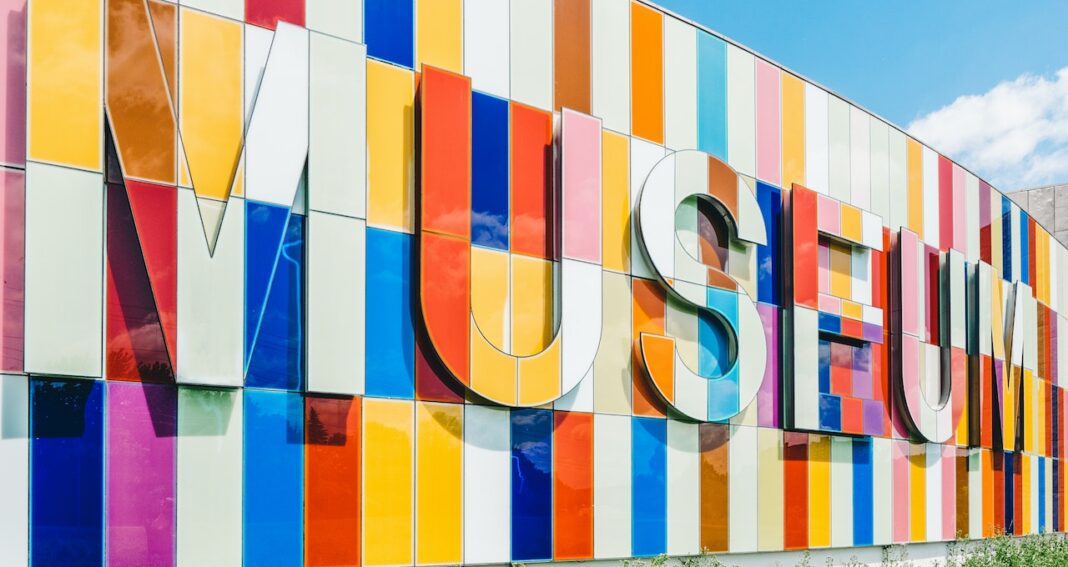A few weeks ago, my friend Peter Chen sent me a link to a podcast where Financial Times journalist, Tim Harford, discussed his thought experiment of creating a museum of the economy. Pete thought that creating the museum of industrial-organizational psychology might be a fun idea. We discussed what might be in such a museum that would represent the field to the general public.
Museums without Artifacts
Most museums are full of artifacts about their topic. Think of the Smithsonian museums in Washington DC. One museum is full of art, another airplanes, and another meaningful historical objects. Each object is displayed with some written explanation, but it is possible to walk through the museum and just look at the objects. When it comes to more abstract topics, like the economy or a subfield of psychology, there are not a lot of meaningful objects that are recognizable, like the Wright Brothers airplane, the Hope Diamond, or a famous work of art. Objects in a museum of industrial-organizational (IO) psychology have to be symbolic representations, and each needs to be explained.
The Museum of Industrial-Organizational Psychology
Using Tim Harford’s approach, we came up with a list of objects we would put in the museum to represent major accomplishments of the IO field.
- Main Entrance: A display showing a large circa 1929 telephone to illustrate the Hawthorne studies. This groundbreaking series of studies performed in the Western Electric telephone factory set the stage for the organizational side of the IO field.
- Room to the right: A World-War II era airplane. The second world war saw the development of human factors that has since become its own field. Psychologists during the war worked to design airplanes that were optimized for the human operator.
- Room to the left: Models of World War I and World War II soldiers. Both world wars stimulated the IO field in both the U.S. and Europe. WWI saw the first use of mass testing for selection and assessment (US), and the study of fatigue and well-being in factories (UK). WWII saw the use of assessment centers for identifying talent.
- Room straight ahead: A mock-up of a traditional assembly line. The IO field was initially called industrial psychology because most work was done in factories. Over the past few decades the field has expanded into many other industries, some of which did not exist at the beginning of the field a century ago.
- Second floor to the right: A room with a video of a beating heart to illustrate work on employee health and stress. The early work that formed the basis of the field in Scandinavia focused in large part on the connection between work stress (e.g., due to bullying, excessive workload, injustice, and harassment) and cardiovascular disease.
- Second floor to the left: A room full of hot air to represent how academic articles focus more on long-winded theoretical discussion than the science of humans at work. To me they read more as sci-manities–a blending of science with humanities where abstract argument and ideas are more important than the scientific findings themselves.
The contribution of the IO field to the modern workplace is often hard to see because we cannot point to objects that IO psychologists have created. But this does not take away from the fact that organizations today are more efficient and better places to work because of the contributions made by IO psychologists of the past century, both as academic researchers and practitioners.
Photo by Scott Webb from Pexels
SUBSCRIBE TO PAUL’S BLOG: Enter your e-mail and click SUBSCRIBE

Posted for Rich Newel:
My dad worked at the Western Electric Hawthorn plant. He took me to their museum in their tower building when I was a child to personally witness the basis of the research that came to be known as the ‘Hawthorn Effect’. He had collected some artifacts. It would be great to see a place created that would preserve and display such items.
Posted for Rich Newel:
The artifacts from the Hawthorn Museum were moved to a museum space at Morton College in Cicero, Illinois when the Western Electric Hawthorn plant came down. The college museum was maintained up to last year when it was dismantled as part of their library renovation. I contacted them and was told that most of what they had was in boxes. This would be a great time to ask them to loan the material for any display/museum you have in mind. If you guys want to pursue this the name I have is Guillermo Garcia at 1-708-656-8000 extension 2429.
This is a very creative idea and fun blog. My favorite is the hot air room – LOL!
At the 25th anniversary of the SIOP Conference we had a section for historical photos and objects. It was a mini I-O museum, albeit temporary!
Our field has a proud history of major contributions positively affecting millions of people around the globe.